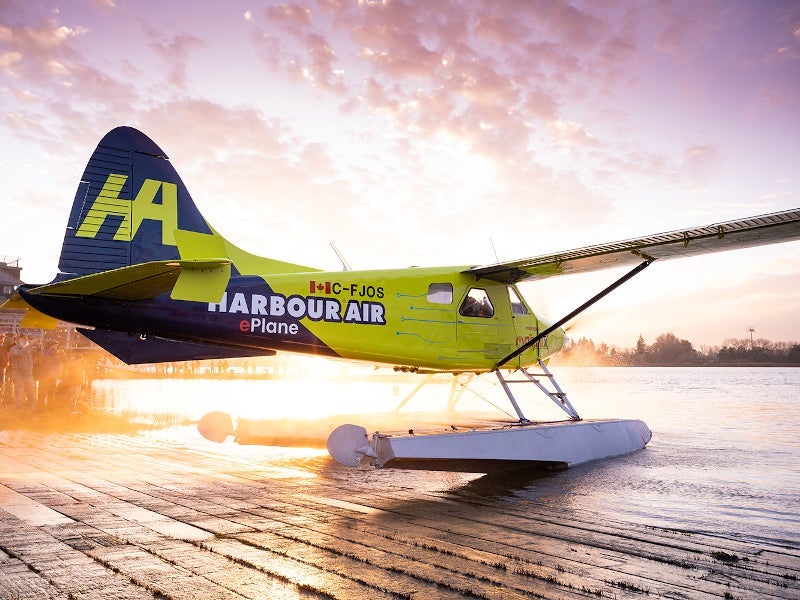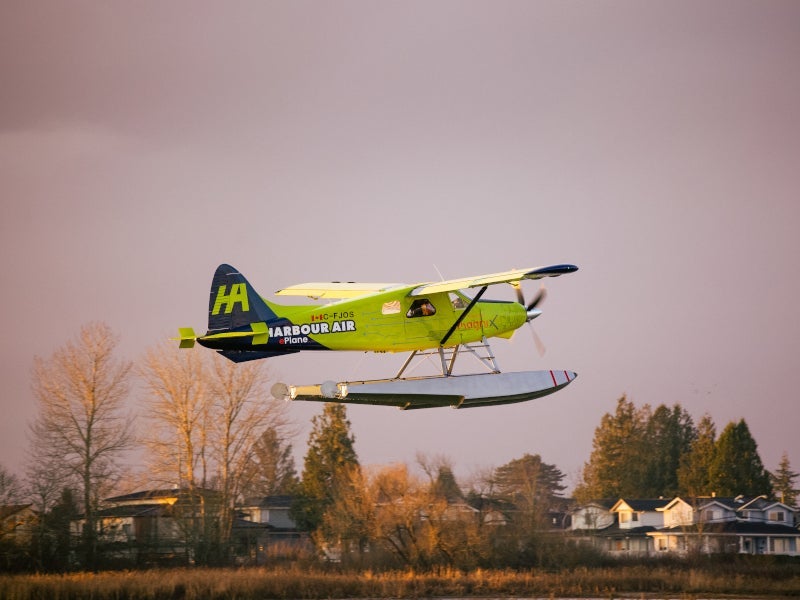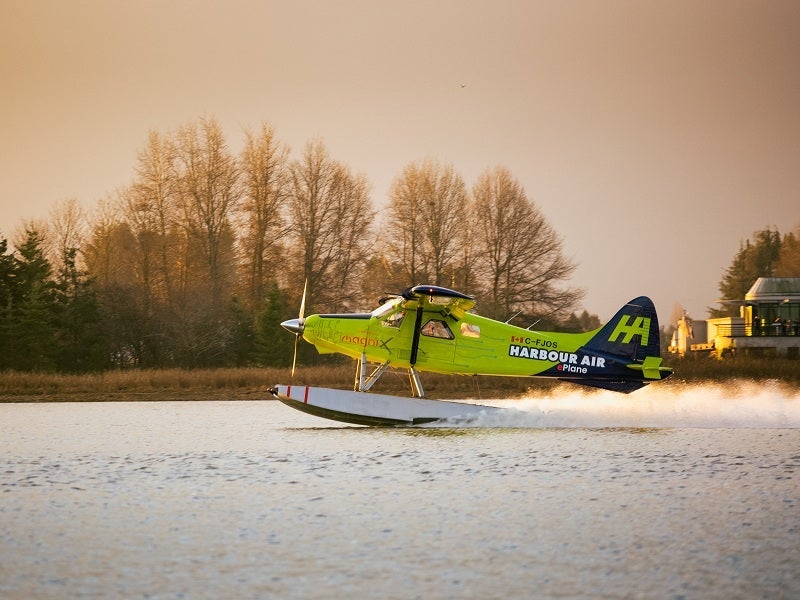Harbour Air ePlane is the world’s first all-electric commercial aircraft. It is a six-seater DHC-2 de Havilland Beaver amplified by a 750hp electric propulsion system.
ePlane made its first flight at the Harbour Air Seaplanes terminal in Vancouver, Canada, in December 2019. The aircraft was piloted by Harbour Air CEO and founder Greg McDougall.
The announcement to build the first fleet of a completely electric commercial seaplane was made by Harbour Air in partnership with magniX in March 2019. The first look of the Harbour Air ePlane design was unveiled at Canada’s Aviation Hall of Fame event held in May 2019.
The partners will proceed with the certification and approval process for the propulsion system and retrofitting of the Harbour Air ePlane. The rest of the Harbour Air’s fleet can be equipped with magniX’s all-electric propulsion technology after completion of the certification.
Harbour Air ePlane development
The DHC-2 de Havilland Beaver is retrofitted with an all-electric magni500 propulsion system to transform the seaplane into an all-electric commercial aircraft.
After the first successful flight, additional flight tests were undertaken along with system upgrades. The flight test plan was approved for take-off, cruise and extended range performance testing and additional flight tests in April 2020. Initial data analysis also suggested an extended range for the aircraft.
The seaplane will undertake more test flights as part of the ongoing certification process with the Federal Aviation Administration (FAA) and Transport Canada.
It will undergo testing and alterations over the next two years to be suitable for a passenger flight.
Harbour Air ePlane technical specifications
ePlane has a wingspan of 14.67m, a height of 3.18m and a length of 10m. It can fly at a maximum speed of 180km/h and reach a maximum altitude of 3,000m.
The Harbour Air’s all-electric seaplane will not burn fossil fuels and will produce zero emissions.
magni500 propulsion system
The magni500 is a high-power-density electric propulsion system, which was unveiled at the Paris Air Show in June 2019.
It generates a continuous shaft horsepower (shp) of 280kW and continuous torque of 1,407Nm at a base speed of 1,900rpm, making it suitable for integration into existing middle-mile aircraft such as the Beaver, Otters, Cessna and King Air.
The electric power plant delivers a maximum speed of 2,600rpm along with a motor efficiency of more than 93%.
The magni500 motor can also be used as standalone propulsion or as a part of a larger multi-motor aircraft of clean-sheet electric aircraft designs.
It features 4×3-phase architecture, which allows graceful degradation in case of a malfunction. It ensures the availability of full torque even at low rpm, while its direct motor-to-propeller connection eliminates the need for a reduction gearbox.
The electric propulsion system features replaceable motor mounting points and filtered front and rear plates. It also includes an advanced liquid cooling system and delivers superior thermal performance.
The motor can be integrated with off-the-shelf propeller governors for variable pitch control. The magni500 motor can power aircraft in a clean and efficient way and will also enable up to 80% reductions in aircraft operating costs.
DHC-2 de Havilland Beaver
The DHC-2 de Havilland Beaver is a versatile bush plane with the capability to take-off and land almost anywhere. It is the first turbine-powered single-engine utility aircraft.
The aircraft was introduced by the De Havilland Aircraft of Canada in 1947. The company produced approximately 1,600 Beaver aircraft before ceasing production in 1967.
Viking Air acquired the design rights and type certificates of DHC-2 Beaver from De Havilland Canada in 1983. The company currently offers spares and support services to the Beaver aircraft fleet globally.






